North Carolina State University has transformed its live course production capabilities with a networked video infrastructure, based on the SMPTE ST 2110 standard, from Imagine Communications.

It is at the heart of NC State DELTA (Distance Education and Learning Technology Applications) ― providing what Imagine claims is a quantum leap in capacity and operational efficiency.
The new system uses just 16 fibres to provide extensive networked capability, leaving 20 strands from the original installation free for future expansion. By taking a networked IP approach, the new system gave the DELTA team the capability of 32 x 32 HD signals from each remote building. This is achieved thanks to bidirectional 100GbE capacity across the fibre network.
Users can control and manage the entire network from a single point of contact, using Imagine Communications’ Magellan SDN Orchestrator, a software control layer. Each production area can design its own monitor wall, using Imagine’s Epic MV multiviewers under the control of a Crestron GUI. Epic MV is described as a highly scalable solution for probing IP streams and monitoring mixed signal types on a single canvas, while offering mission-critical system visibility across compressed and uncompressed IP workflows, and is an integral part of the monitoring solution at NC State.
Claimed to be critical to the success of the system at NC State is the Imagine Selenio Network Processor (SNP), providing the gateway functionality between legacy SDI equipment and the IP world, as well as signal processing and networked video synchronisation.
Tony Pearson, senior associate director, video communication services from the DELTA team at NC State, said: “The Imagine ST-2110 IP network incorporating Magellan SDNO and Selenio Network Processors gives us a bi-directional distributed system that makes the whole campus one giant router. We use PTP timing and AES67 audio, so we can put together the video and the audio resources any class needs and instantly reconfigure for the next one.
“It moves us from a highly constrained system to complete flexibility today, and even more important, it secures our installation for the future,” Pearson added. “Thanks to the SMPTE ST 2110 standard, we can simply connect other devices ― like replay servers or cameras ― as we need to replace them, making the network even more powerful.”
Cassidy Phillips, VP networking solutions at Imagine Communications, said: “World events mean we are seeing a huge increase in demand for distance learning. DELTA is showing that, with the right infrastructure, production systems can deliver enormous capacity and productivity. This project also shows the power of standards-based solutions: it is because of the SMPTE ST 2110 standard that software from multiple vendors, running on COTS hardware, can integrate so tightly, providing the right broadcast look and feel while making maximum use of the underlying IT hardware.
“With this approach we are helping to transform NC State’s facility from SDI to an all-IP architecture, while delivering cost-effective support for legacy and next-gen workflows,” Phillips continued.





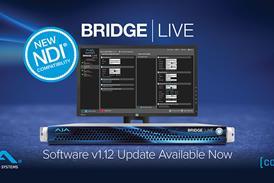

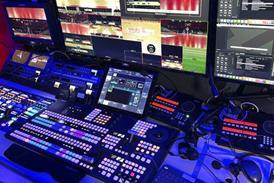
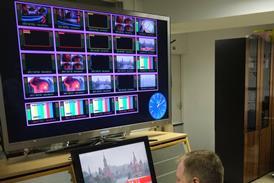


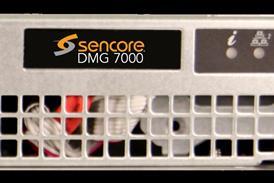
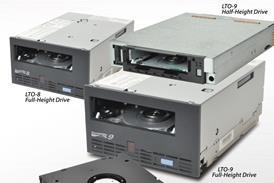
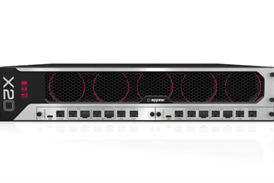


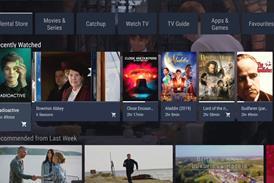


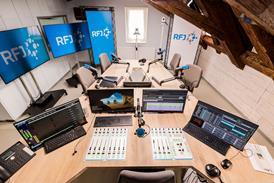













No comments yet